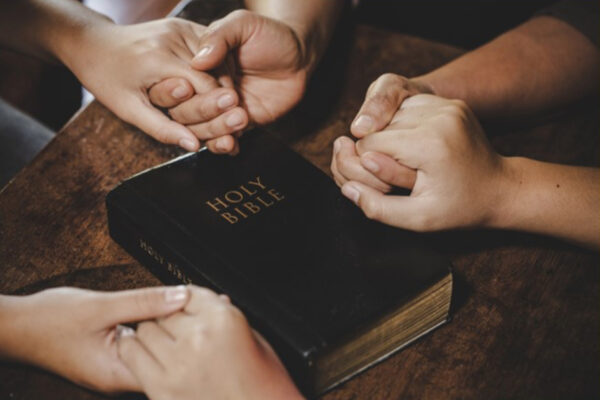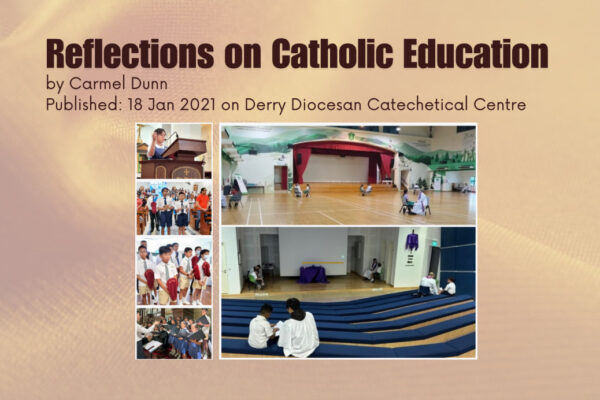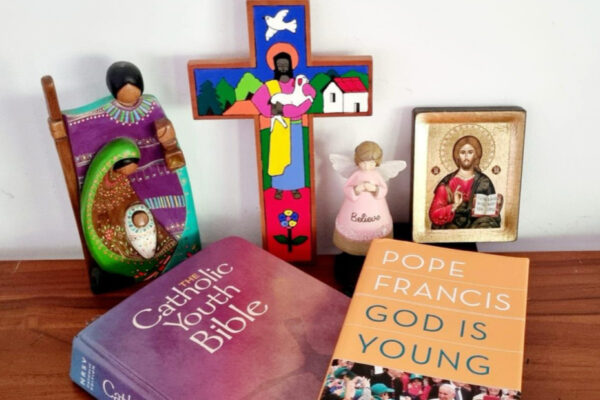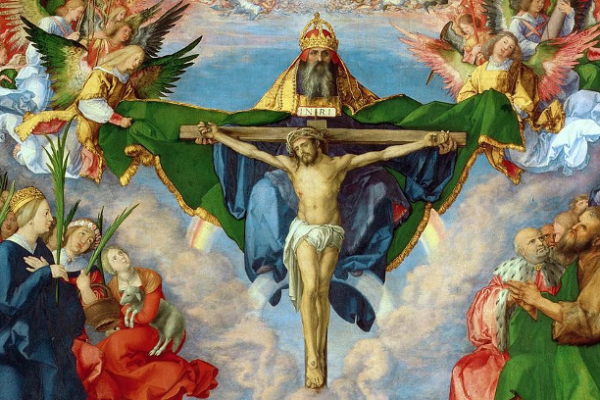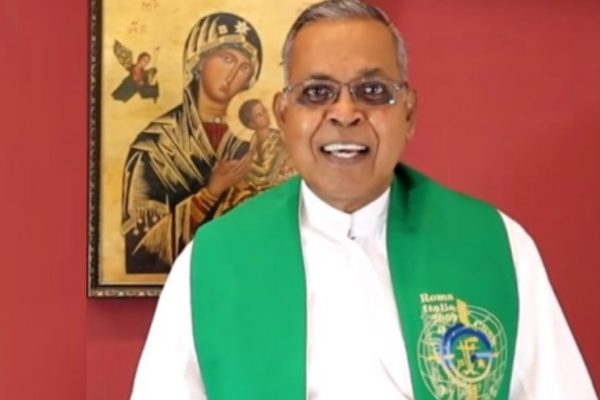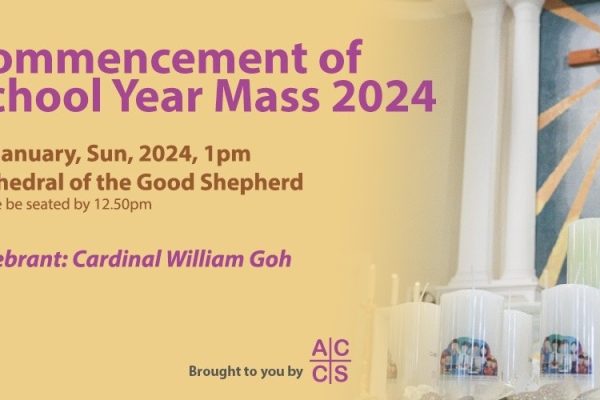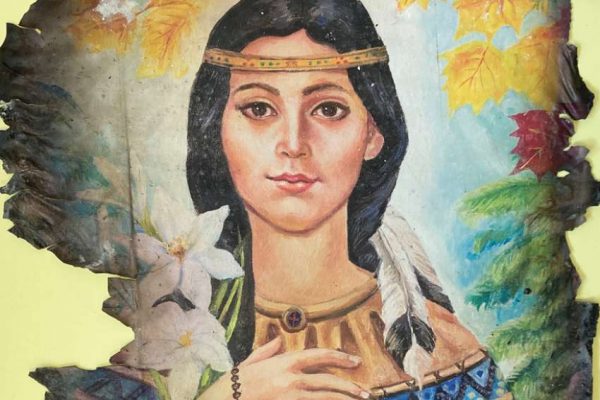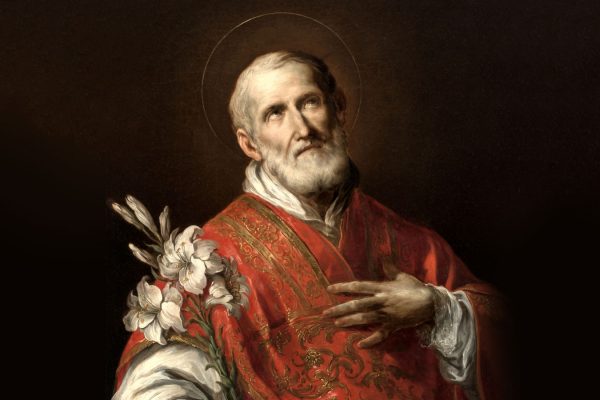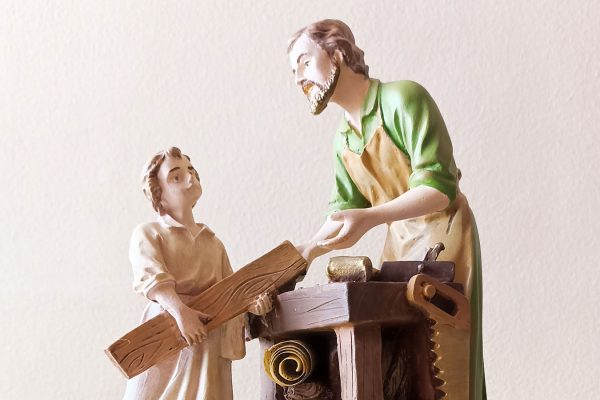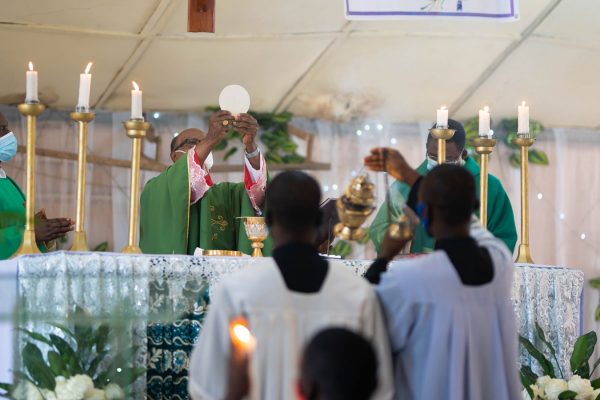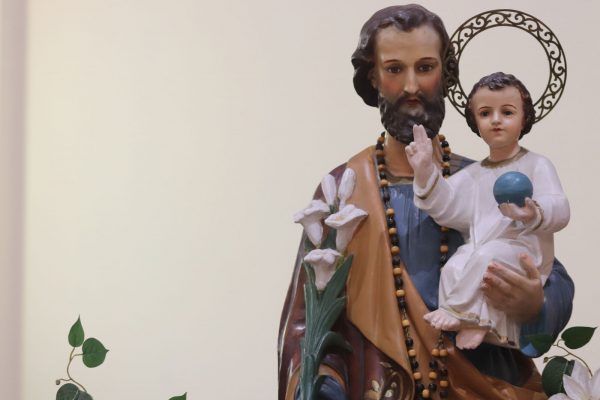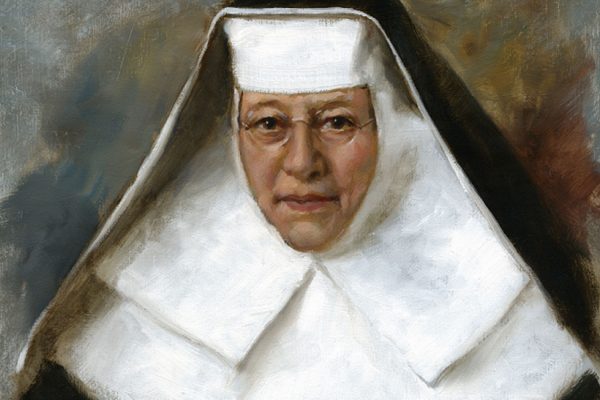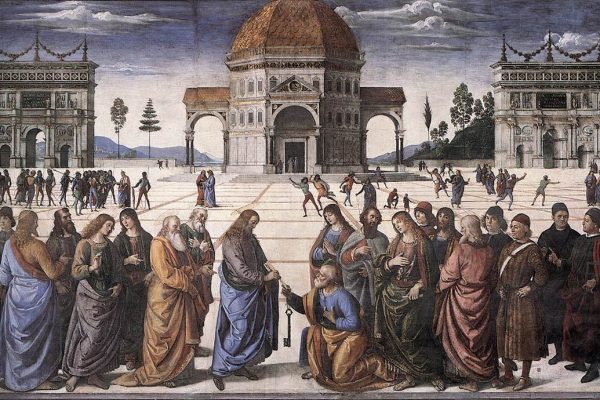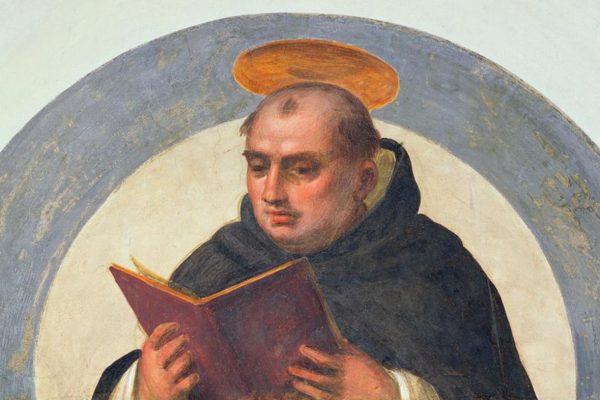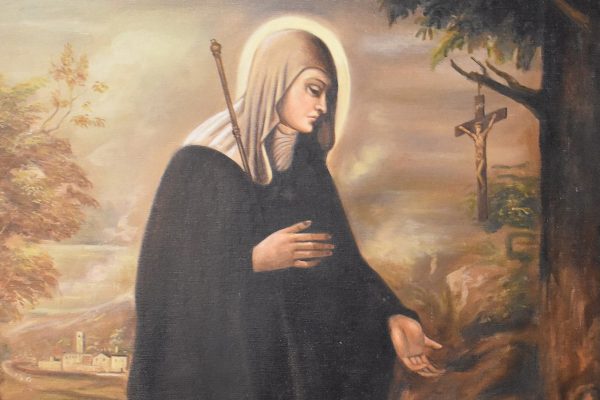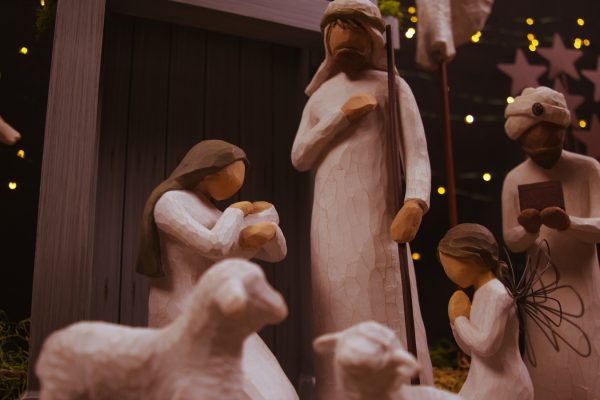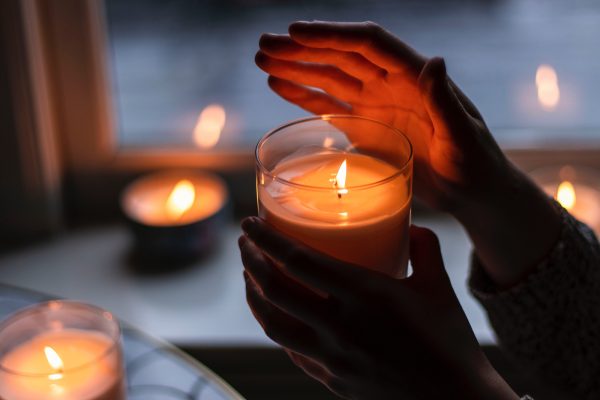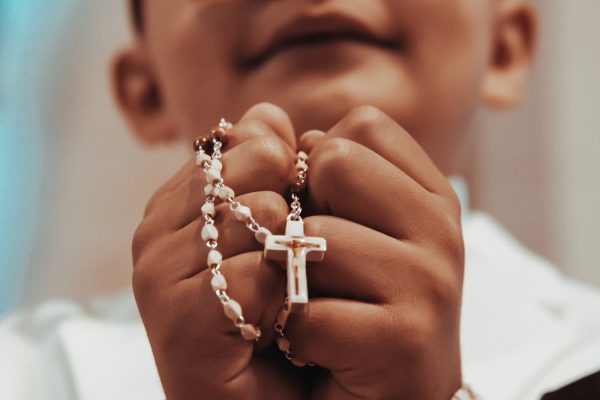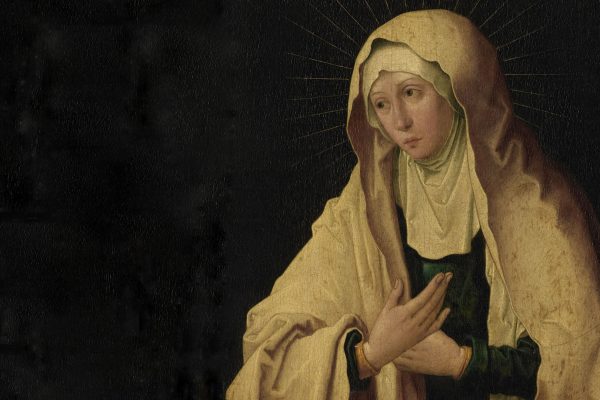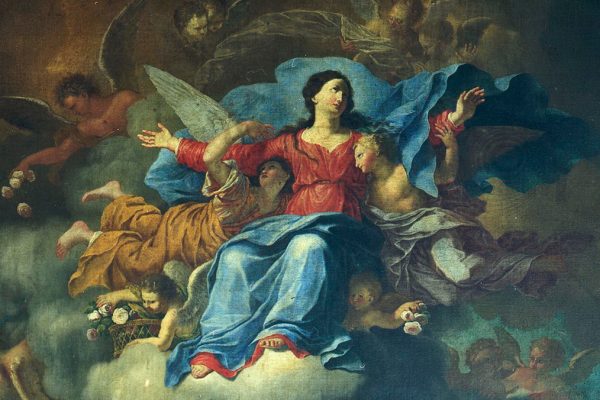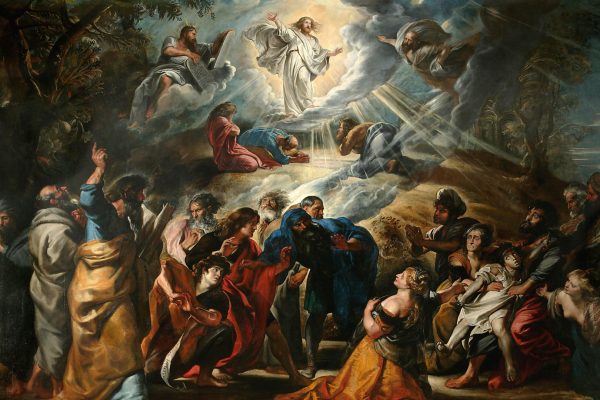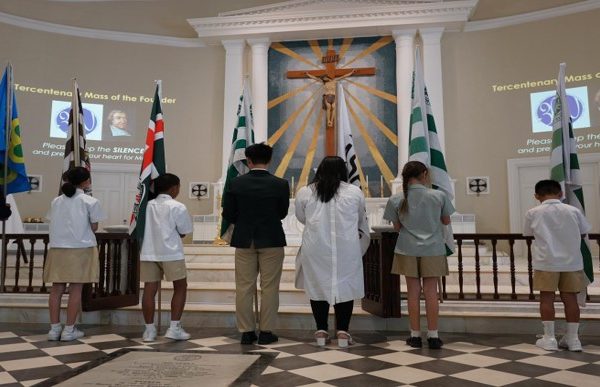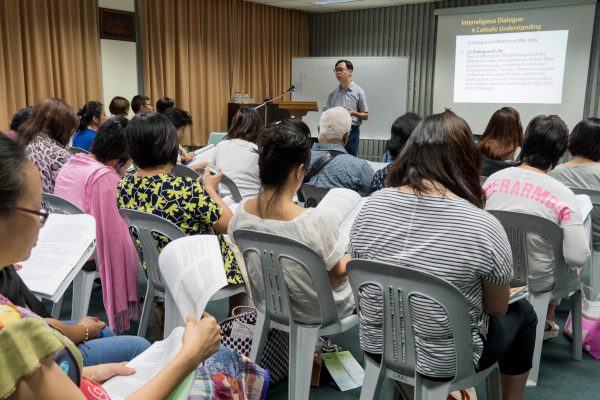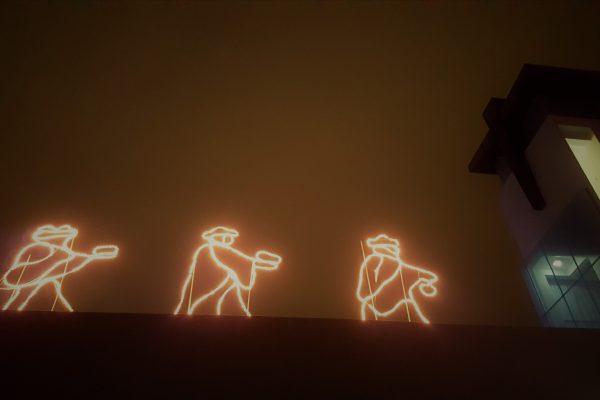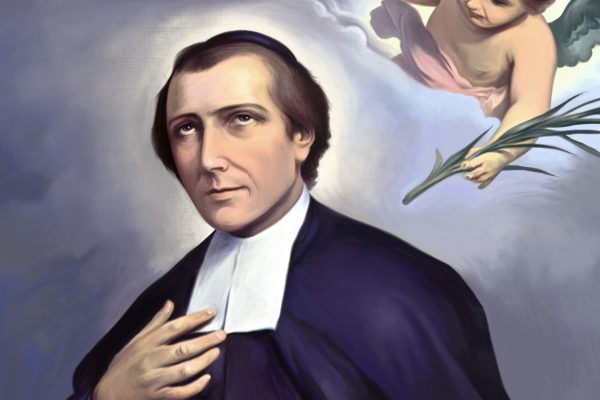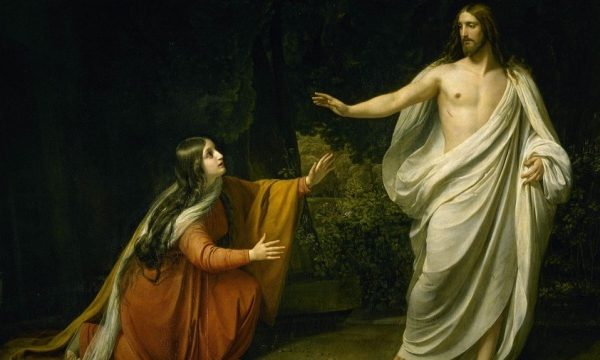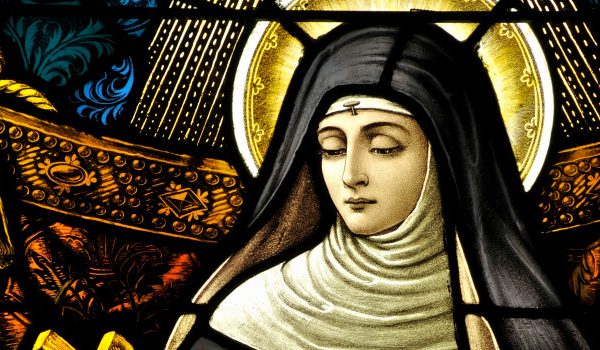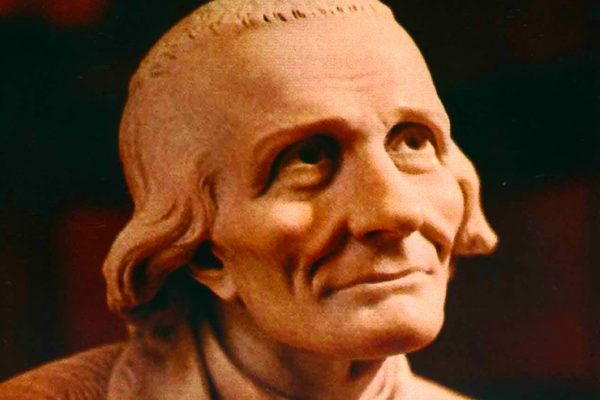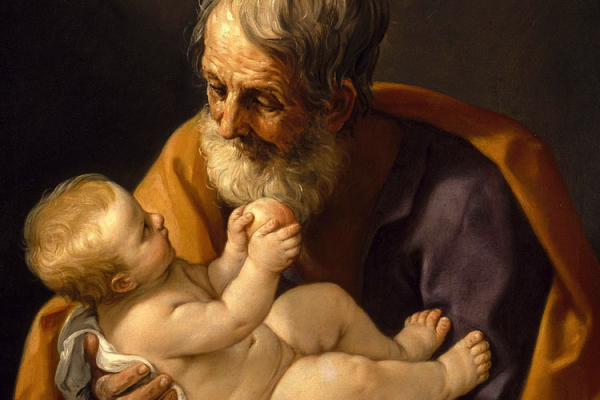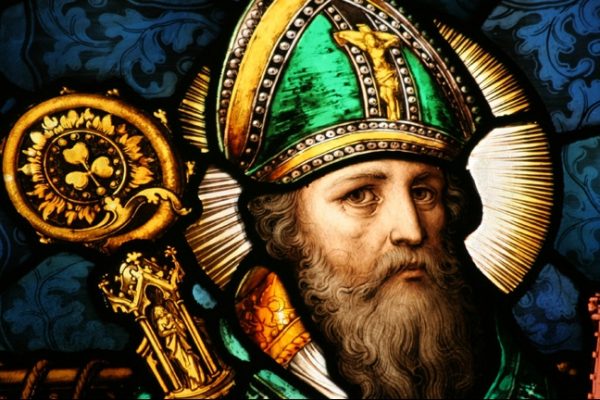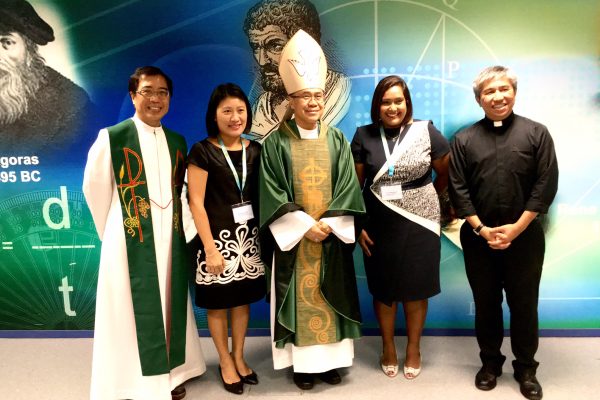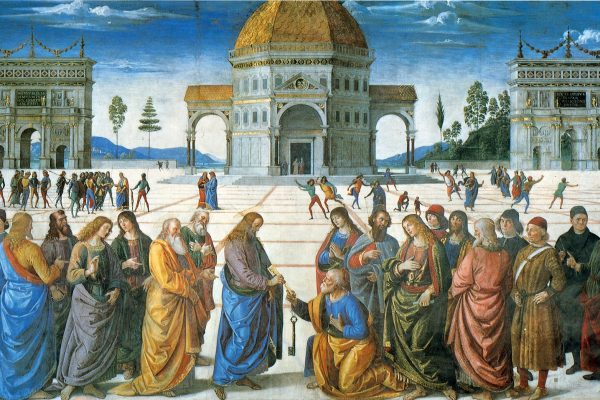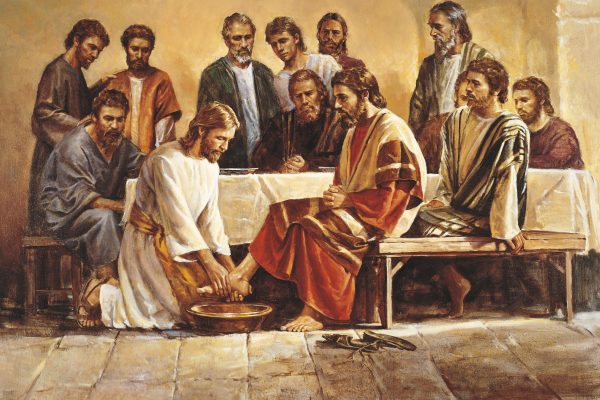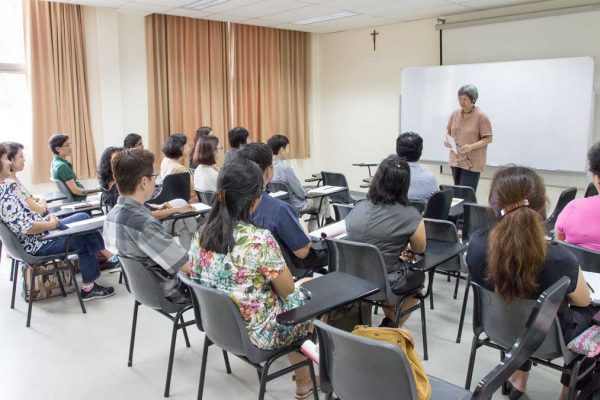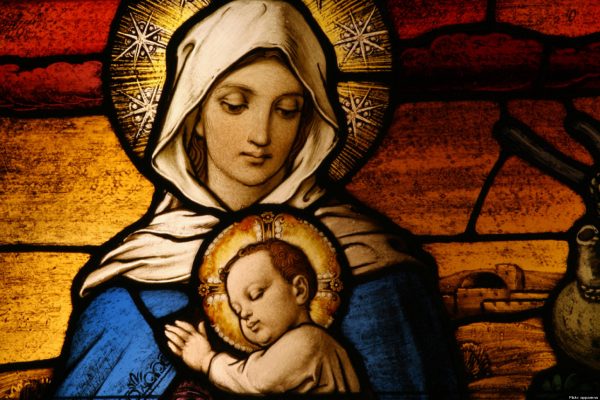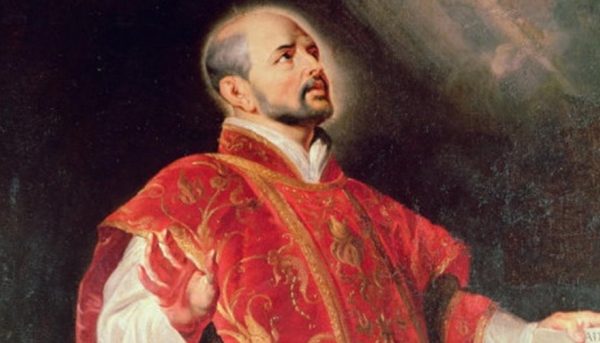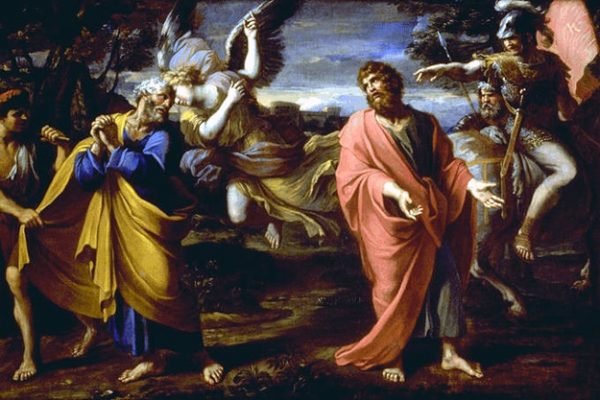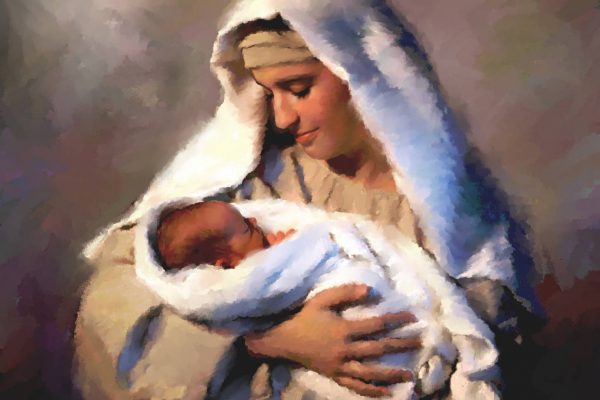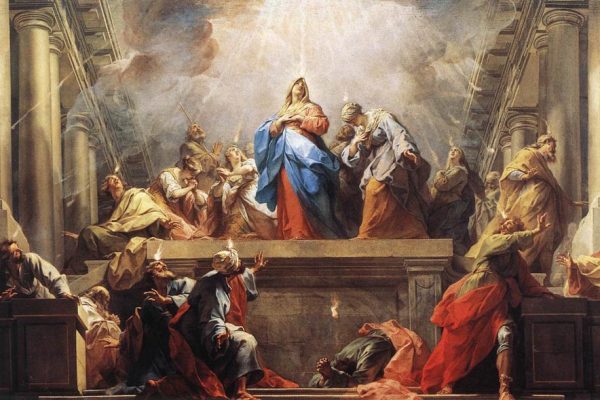
Divine Mercy
While private revelation is not binding on the faithful – we are not strictly required to believe in it, unlike public revelation through the Church’s written and oral tradition as handed down by the magisterium – God continues to speak directly to us today through heavenly apparitions to the saints. One relatively modern vision was in 1931, when Jesus appeared to St Faustina Kowalska in the form of the Divine Mercy image which we see in churches today.
Sacred Art
Our Lord told her: “Paint an image according to the pattern you see, with the signature: ‘Jesus, I trust in You’. I desire that this image be venerated, first in your chapel, and then throughout the world. I promise that the soul that will venerate this image will not perish.”
As St Faustina did not know how to paint, she had to describe her vision of Jesus to art professor Eugeniusz Kazimirowski, who had to redo his work again and again until St Faustina was moderately satisfied that the painting was as close to her vision as possible – as depicted in the recent docudrama Faustina: Love and Mercy (2019).
Superimposed on the Shroud of Turin, this painting bears remarkable similarities to the image of the Risen Lord. It is a visual reminder for us to trust in Jesus at all times – which, like Peter walking on the water, we can all too easily forget to do when overwhelmed by the crashing waves of life, even though the Lord is right in front of us.

Divine Mercy, Eugeniusz Kazimirowski, Public domain / Turin Shroud, Dianelos Georgoudis, CC BY-SA
A New Feast
Pope John Paul II designated the celebration of Divine Mercy Sunday on the Second Sunday of Easter (Quasimodo Sunday) to re-emphasise how God’s mercy saves us from our sins, as shown in the resurrection of Christ, Who overcame sin and death. The opening prayer reads:
“Heavenly Father and God of Mercy,
we no longer look for Jesus among the dead,
for He is alive and has become the Lord of Life.”
You can obtain a plenary indulgence on this feast – it is obtained by observing the usual dispositions that are in place for the granting of this grace through the intercession of the Catholic Church:
- Participation in the prayers and devotions held in honour of Divine Mercy in a church or chapel while completely detached from the affection for a sin, even a venial sin, or recitation of the Our Father and the Creed in the presence of the Blessed Sacrament exposed or reserved in the tabernacle, adding the prayer “Merciful Jesus, I trust in You.”
- Sacramental Confession
- Holy Communion
- Prayer for the intentions of the pope
The faithful who, for a justified reason beyond their control, are unable to go to a church or chapel, may obtain an indulgence with the recitation of the Our Father and Creed before an image of Jesus, adding the prayer “Merciful Jesus, I trust in You”, with the conditions of detachment of sin, and intention to fulfil the dispositions above as soon as possible.
If even this is impossible to achieve, the indulgence can obtained by the faithful who are united with those carrying out the prescribed practice for obtaining the indulgence in the usual way, and offer to Jesus a prayer and their sufferings, again with the resolution of fulfilling the normal conditions at the earliest opportunity.

3 O’Clock Prayer
The Divine Mercy Chaplet is shorter than a rosary and easy to pray, but if you do not have time even for that, you can simply say this short prayer once a day to recall God’s mercy – as Jesus died at 3 p.m. on Good Friday, we remember the moment of His passing with this prayer:
You expired, O Jesus, but the source of life gushed forth for souls
and an ocean of mercy opened up for the whole world.
O Fount of Life, unfathomable Divine Mercy,
envelop the whole world and empty Yourself out upon us.
O Blood and Water, which gushed forth from the Heart of Jesus
as a fount of mercy for us, I trust in You.



